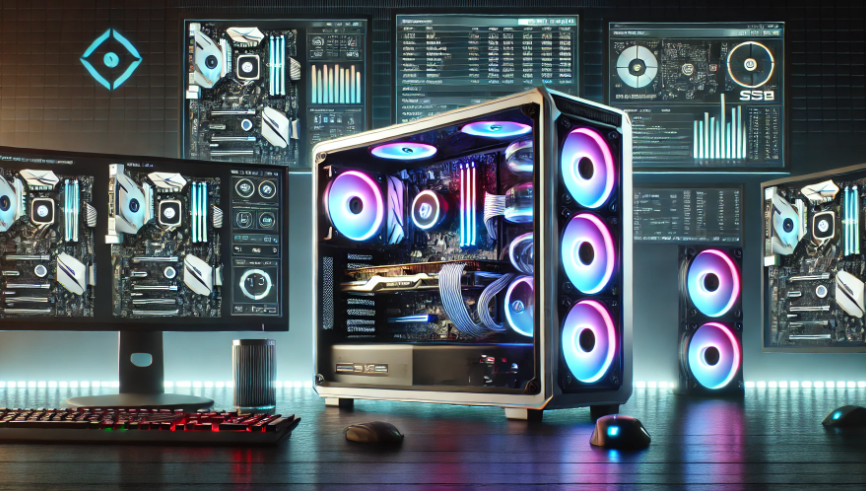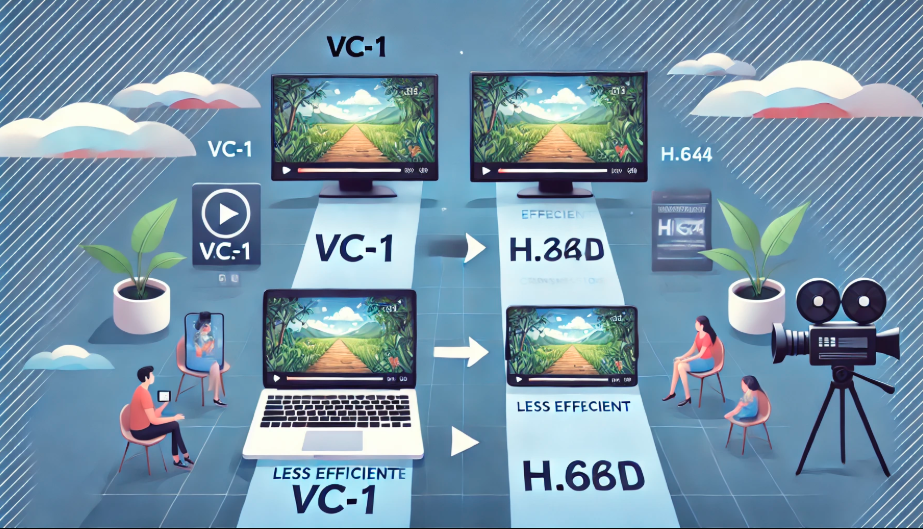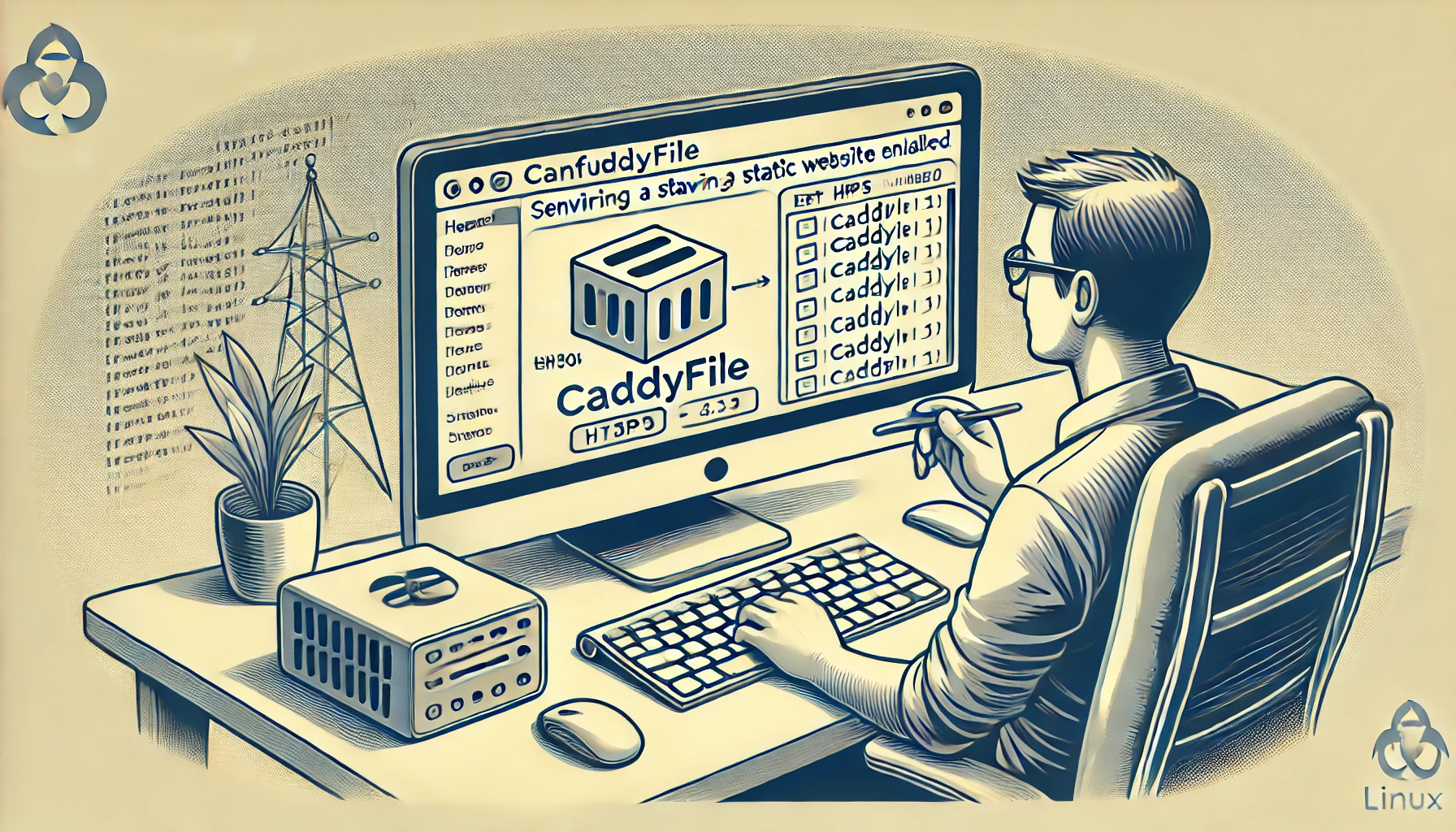Introduction to 3D Printing
3D printing, also known as additive manufacturing, is a revolutionary technology that has transformed various industries. It allows the creation of three-dimensional objects from digital designs, using materials such as plastic, metal, and even biological substances. This technology is no longer confined to prototyping; it has expanded into industries like healthcare, aerospace, automotive, and construction. As the industry evolves, investing in 3D printing stocks has become an attractive opportunity for many investors seeking high-growth potential.
Advantages of Investing in 3D Printing Stocks
Investing in 3D printing stocks offers several benefits. The technology provides customization and design flexibility, making it ideal for industries requiring precision. Additionally, rapid prototyping reduces manufacturing costs, allowing companies to test and refine products more efficiently. The long-term growth potential of 3D printing is promising, with continuous advancements leading to new applications and revenue opportunities.
Key Benefits:
- Customization: 3D printing enables the creation of highly customized products tailored to specific needs.
- Cost Efficiency: Reduces waste and optimizes resource usage compared to traditional manufacturing.
- Innovation: The technology fosters new product development and enhances research in various sectors.
- Sustainability: Eco-friendly materials and reduced waste contribute to a greener manufacturing process.
- Diverse Applications: From medical implants to aerospace components, 3D printing is shaping the future of multiple industries.
Key Players in the 3D Printing Industry
Several companies dominate the 3D printing market, offering unique technologies and solutions. These key players provide investment opportunities for those looking to gain exposure to this evolving industry.
Table: Leading 3D Printing Companies
| Company Name | Specialization | Key Features |
|---|---|---|
| 3D Systems Corp. (DDD) | Industrial and consumer 3D printing | Offers hardware, software, and materials |
| Stratasys Ltd. (SSYS) | Polymer-based 3D printing | Known for high-quality prototyping |
| Materialise NV (MTLS) | 3D printing software & medical applications | Focuses on healthcare innovations |
| Proto Labs Inc. (PRLB) | Rapid prototyping and manufacturing | Specializes in small-batch production |
| Nano Dimension Ltd. (NNDM) | Additive electronics | Pioneering in PCB 3D printing |
| Desktop Metal Inc. (DM) | Metal 3D printing solutions | Focuses on high-speed production |
| Organovo Holdings Inc. (ONVO) | Bioprinting | Develops 3D-printed human tissues |
| HP Inc. (HPQ) | Industrial 3D printing | Entered market with Multi Jet Fusion technology |
Each of these companies plays a crucial role in advancing the 3D printing sector. Investing in these firms requires understanding their market position, financial performance, and future growth potential.
Recent Industry Developments
The 3D printing industry has seen rapid growth and innovation in recent years. One of the most significant developments is the merger between Nano Dimension Ltd. and Desktop Metal Inc., creating a stronger presence in the industrial and electronics 3D printing sector. Additionally, companies are continuously improving materials and printing speeds, making 3D printing more viable for mass production. New applications, such as 3D-printed homes and bioengineered organs, are opening doors to previously unimaginable possibilities.
Investment Considerations
Before investing in 3D printing stocks, it’s essential to evaluate several factors:
- Market Position: Companies with strong market presence and innovative products are more likely to succeed.
- Financial Performance: Revenue growth, profit margins, and debt levels impact investment decisions.
- Diversification: Companies involved in multiple industries provide better risk mitigation.
- Regulatory Environment: Compliance with safety and industry standards is crucial for long-term success.
Risks Associated with 3D Printing Investments
Like any investment, 3D printing stocks come with risks. The market can be volatile, with stocks experiencing fluctuations based on technological advancements and competition. Additionally, regulatory challenges and adoption rates may affect growth. Investors should conduct thorough research before committing funds to this sector.
Common Risks:
- Market Volatility: Stock prices can be highly unpredictable.
- Technological Challenges: Innovation requires constant research and development investments.
- Regulatory Issues: Government policies may impact the industry.
- Competitive Landscape: Intense competition may affect profitability.
Future Outlook of the 3D Printing Industry
The future of 3D printing looks promising, with an increasing number of companies adopting this technology. Experts predict substantial market growth driven by advancements in materials, software, and automation. Emerging trends like AI-powered 3D printing, sustainable materials, and decentralized manufacturing are expected to redefine the industry. With continuous improvements and widespread adoption, 5StarsStocks.com 3D printing stocks remain an exciting investment opportunity.
Conclusion
Investing in 3D printing stocks can be a lucrative option for those looking to capitalize on innovative technology. With companies like 3D Systems, Stratasys, and Nano Dimension leading the way, there are plenty of opportunities for investors. However, it is crucial to consider risks, market trends, and financial performance before making investment decisions. As technology advances, the 3D printing industry will likely become a cornerstone of modern manufacturing and healthcare solutions.
Frequently Asked Questions (FAQs)
1. What are 3D printing stocks? 3D printing stocks represent shares of companies involved in additive manufacturing technology.
2. How can investors assess the potential of 3D printing companies? Investors should analyze financial reports, market trends, and technological innovations.
3. What industries benefit the most from 3D printing? Healthcare, aerospace, automotive, and construction are among the top beneficiaries.
4. What are the main risks of investing in 3D printing stocks? Market volatility, regulatory hurdles, and technological challenges can impact investments.
5. How is the 3D printing market expected to evolve in the next decade? The market is projected to grow significantly, with advancements in AI integration, new materials, and automation enhancing its capabilities.
RELATED ARTICLES
ecrypto1.com Crypto Security: A Complete Guide to Safe Crypto Transactions
BlogsterNation .com: The Ultimate Blogging Platform for Content Creators
Online PlayMyWorld: The Ultimate Virtual Gaming Universe to Create & Explore


























































Leave a Reply